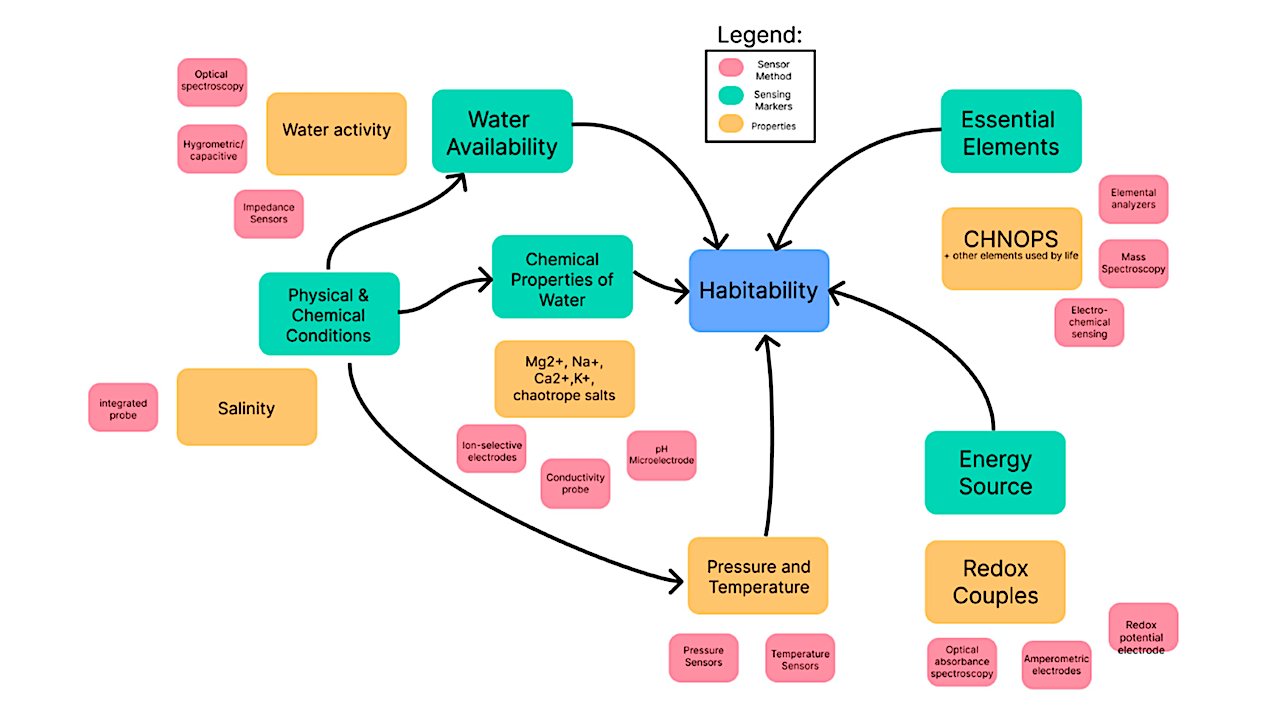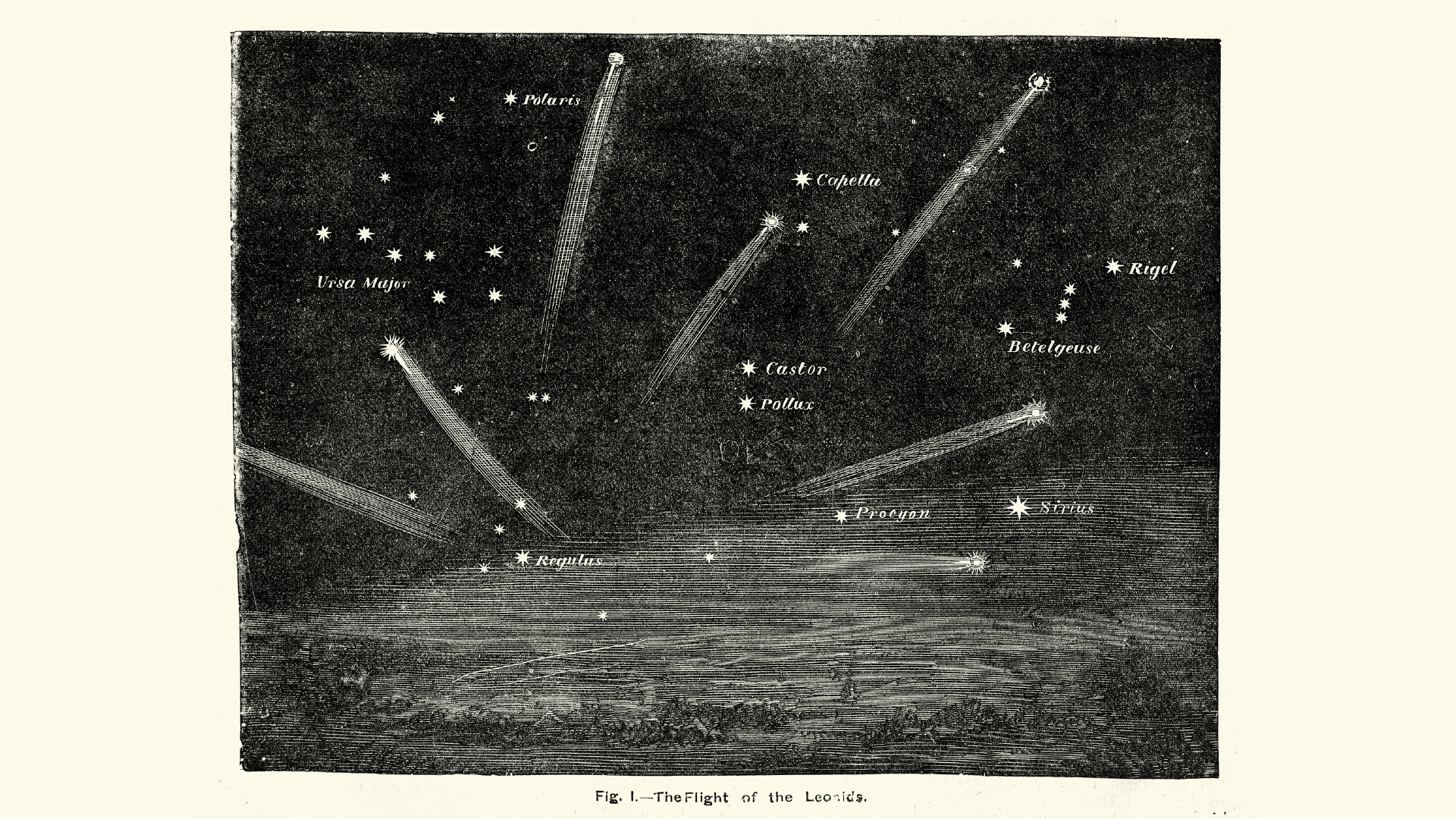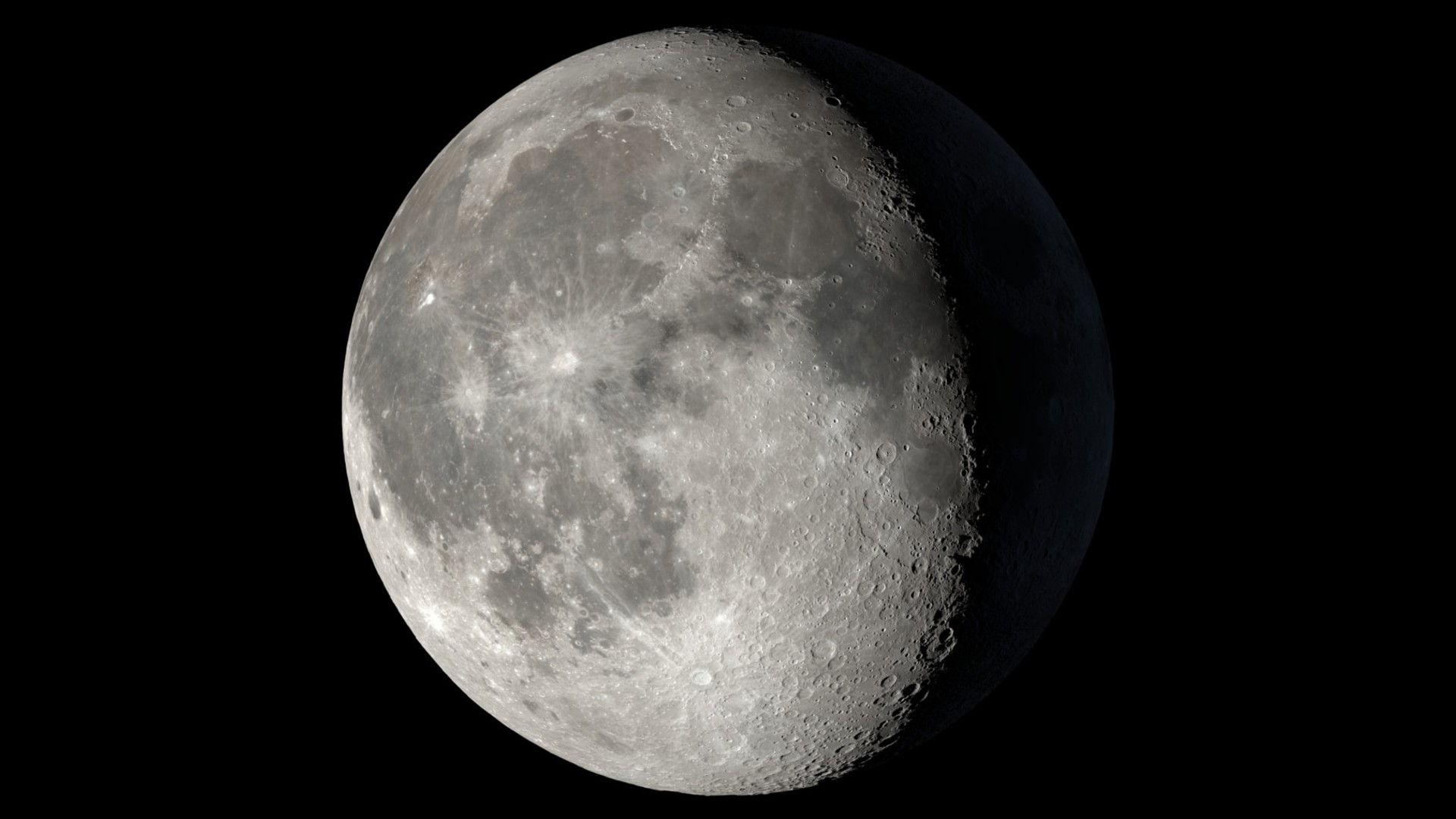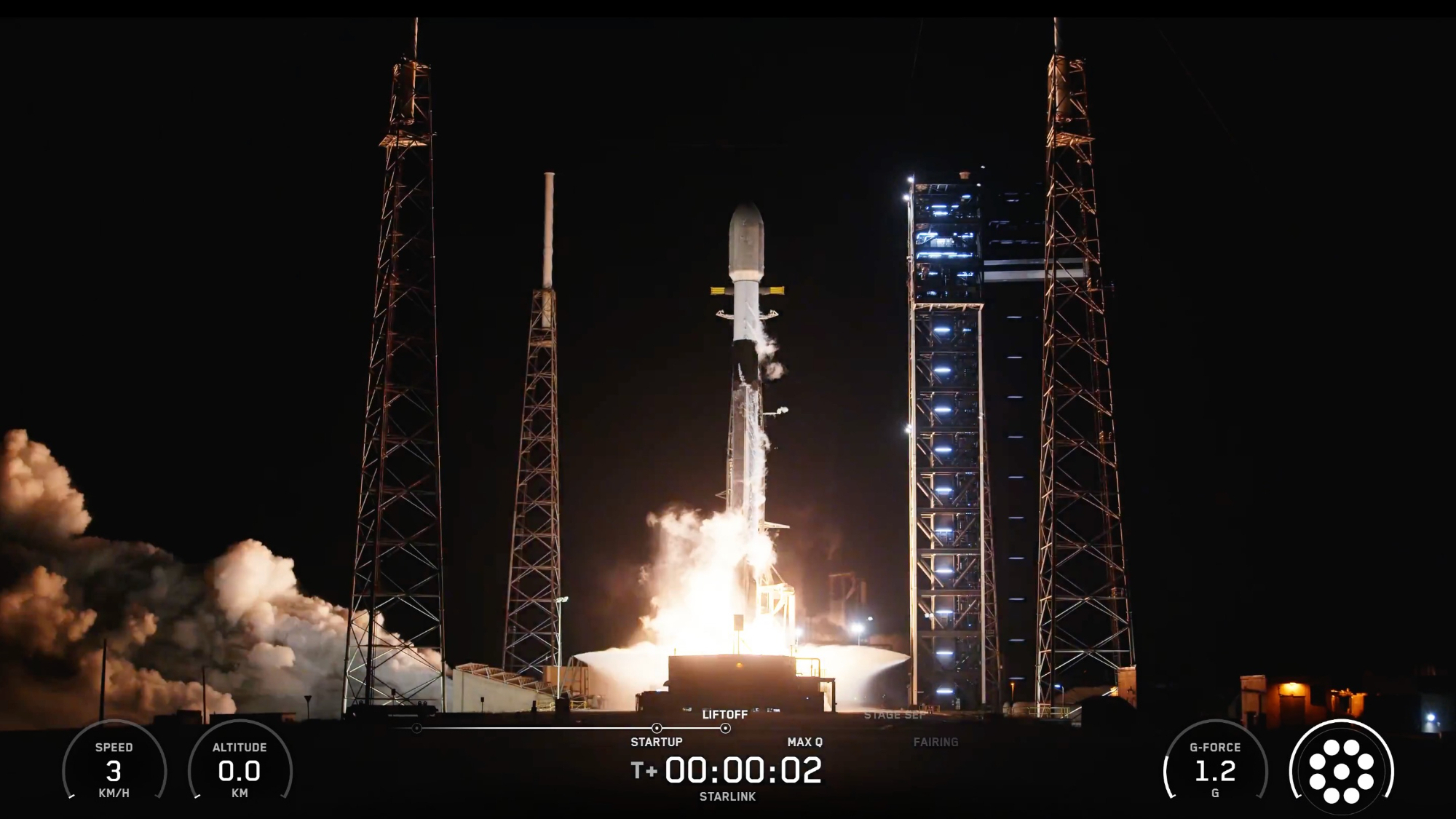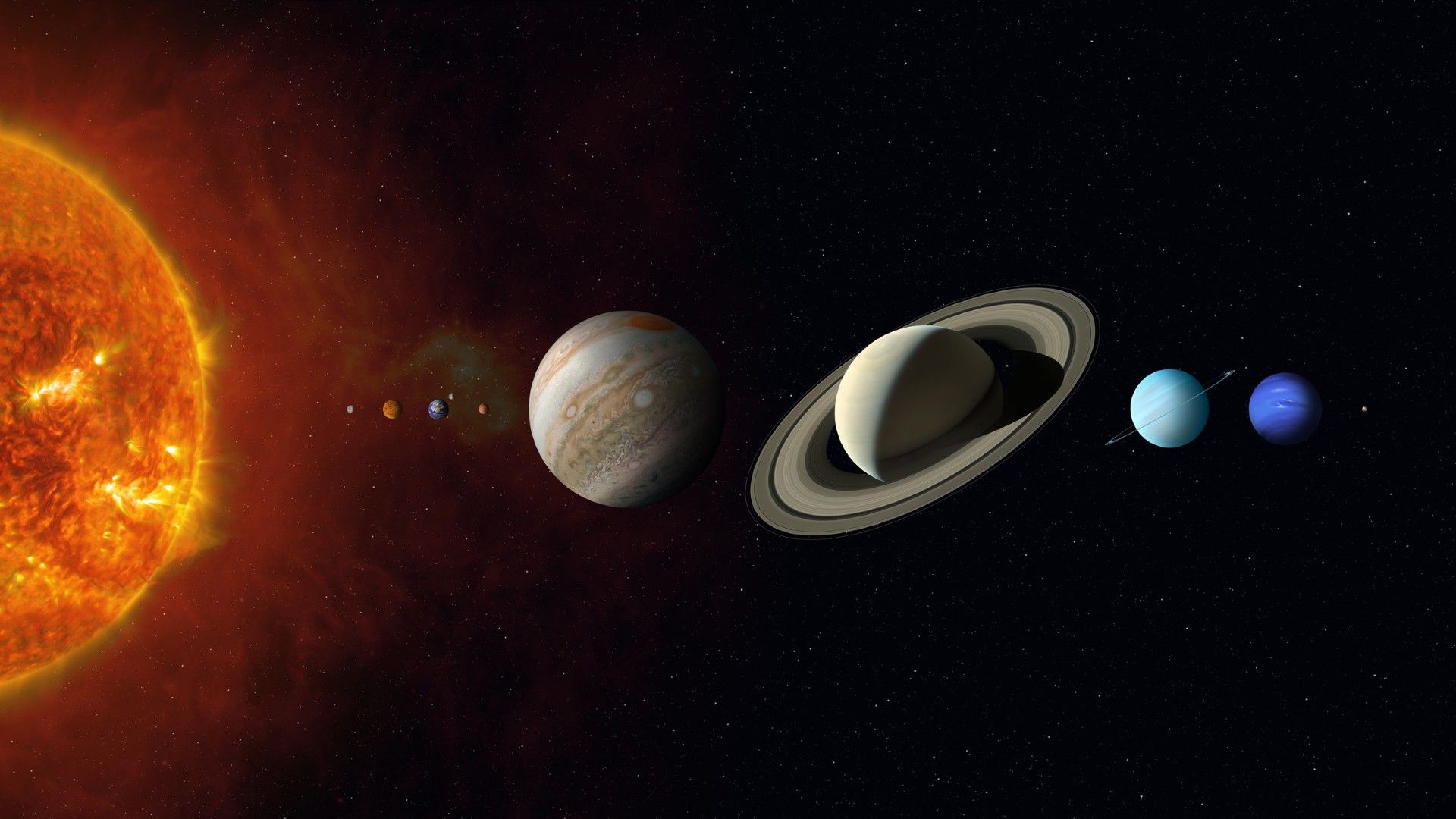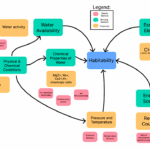The 13.6 − 17.7 µm range of the GM Aur spectrum. The continuum-subtracted JWST-MIRI data (black, top panel) is overlaid with the total modeled emission (red, top panel) from molecules
Hot Posts850- Page
Key requirements for a Total Habitability Instrument (THI). — Biomimetic One key objective of astrobiology is to investigate and discover if other planetary bodies are habitable. The determination of whether
The distribution of planets, main comet and asteroid belts around the Sun, and the equivalent analogues for Beta Pictoris and WD 1145+017. All distances are logarithmic, scaled such that they
Curiosity Navigation Curiosity Home Mission Overview Where is Curiosity? Mission Updates Science Overview Instruments Highlights Exploration Goals News and Features Multimedia Curiosity Raw Images Images Videos Audio Mosaics More Resources
Probably the most famous of the annual meteor showers will soon be reaching its maximum: The Leonids. These ultrafast meteors are expected to be at their best for North American
Comparison between the analytical transmission models and the empirical spectra. Top: Earth’s transmission spectrum from Macdonald & Cowan (2019, 2023) derived from ACE-FTS solar-occultation measurements. The empirical spectrum is shown
This article was originally published at The Conversation. The publication contributed the article to Space.com’s Expert Voices: Op-Ed & Insights. In the 1960s, Frank Sinatra’s song Fly Me to the
Curiosity Navigation Curiosity Home Mission Overview Where is Curiosity? Mission Updates Science Overview Instruments Highlights Exploration Goals News and Features Multimedia Curiosity Raw Images Images Videos Audio Mosaics More Resources
SpaceX pulled off a doubleheader overnight on Friday (Nov. 14), launching two rockets less than four hours apart from Florida’s Space Coast. The action started Friday at 10:08 p.m. EST
Astronomers have discovered that the solar system may be moving through the cosmos over three times faster than was previously theorized. The discovery could have implications for the standard model
-
 012024 in Review: Highlights from NASA in Silicon Valley
012024 in Review: Highlights from NASA in Silicon Valley -
 02Panasonic Leica Summilux DG 15mm f/1.7 ASPH review
02Panasonic Leica Summilux DG 15mm f/1.7 ASPH review -
 03How New NASA, India Earth Satellite NISAR Will See Earth
03How New NASA, India Earth Satellite NISAR Will See Earth -
 04And Thus Begins A New Year For Life On Earth
04And Thus Begins A New Year For Life On Earth -
 05Astronomy Activation Ambassadors: A New Era
05Astronomy Activation Ambassadors: A New Era -
06SpaceX launch surge helps set new global launch record in 2024
-
 07Space Force plans new ‘Futures Command’ amid pressure to speed up modernization
07Space Force plans new ‘Futures Command’ amid pressure to speed up modernization



